The Dust Bowl in the Great Plains displaced thousands of tenant farmers, sharecroppers, and laborers, many of whom (known as “Okies” or “Arkies”) moved on to California. The FSA operated camps for them, such as Weedpatch Camp as depicted in The Grapes of Wrath.
The RA and the FSA gave educational aid to 455,000 farm families during the period 1936-1943. In June, 1936, Roosevelt wrote: “You are right about the farmers who suffer through their own fault… I wish you would have a talk with Tugwell about what he is doing to educate this type of farmer to become self-sustaining. During the past year his organization has made 104,000 farm families practically self-sustaining by supervision and education along practical lines. That is a pretty good record!”
Here, the photos of Dorothea Lange, Ben Shahn and Russell Lee show the intense strain of the poverty-stricken farmers as they wait in line for the FSA relief.
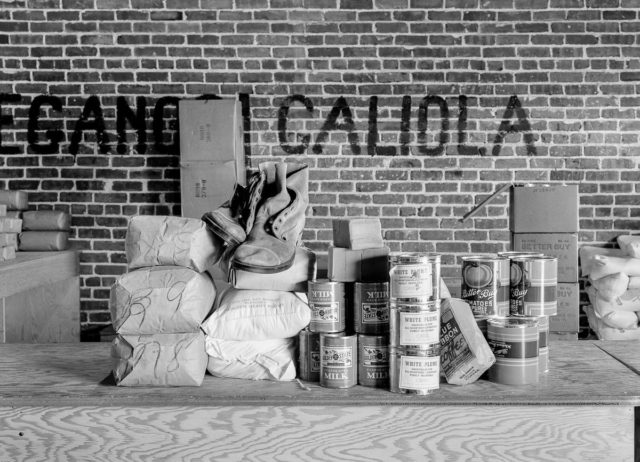
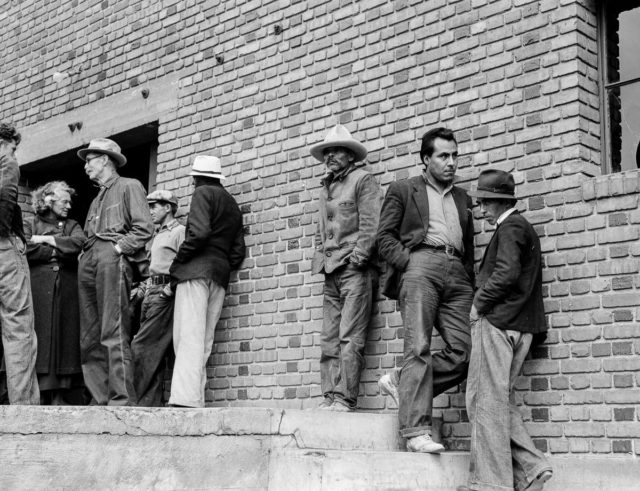
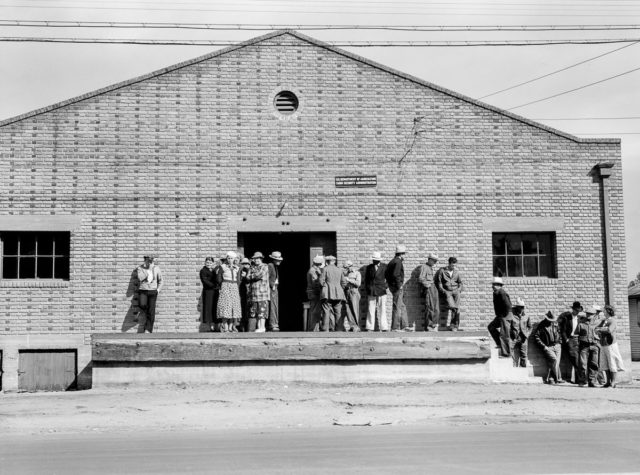

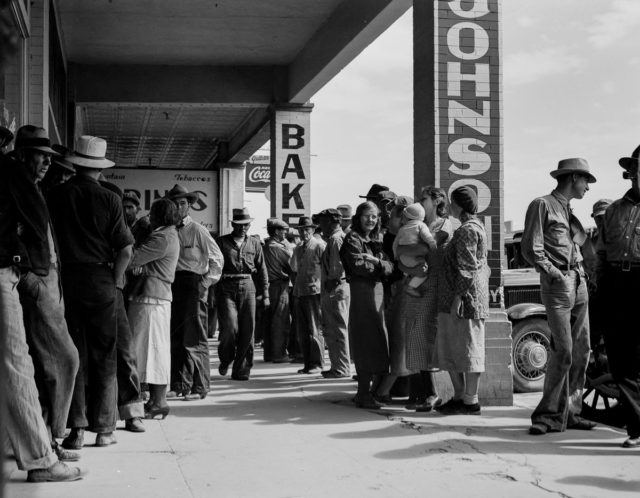
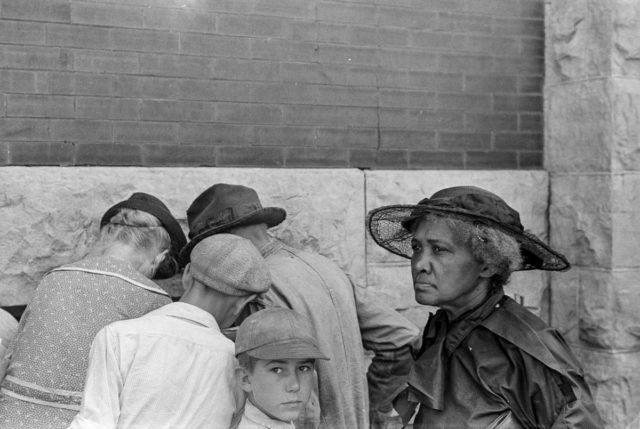

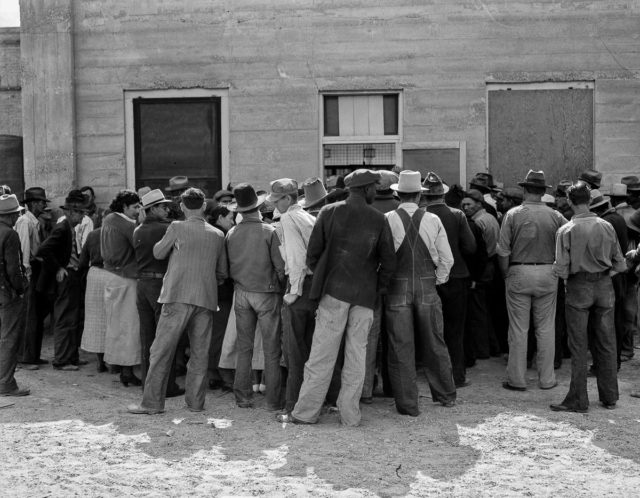
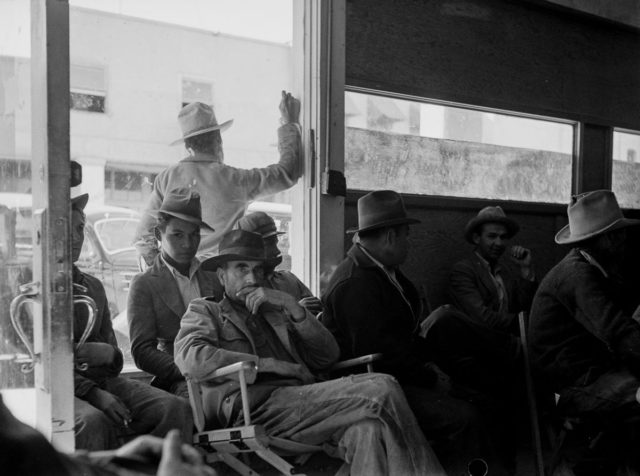
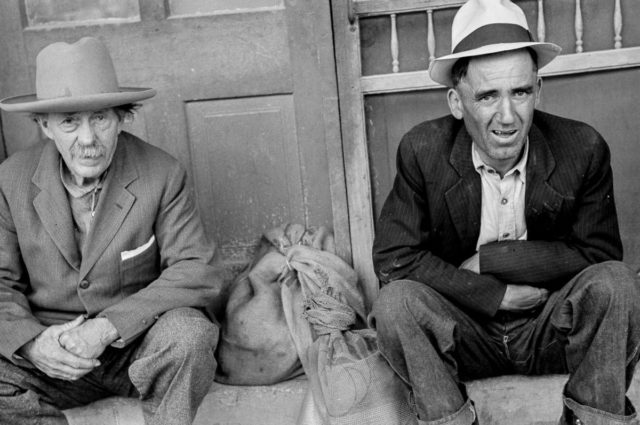
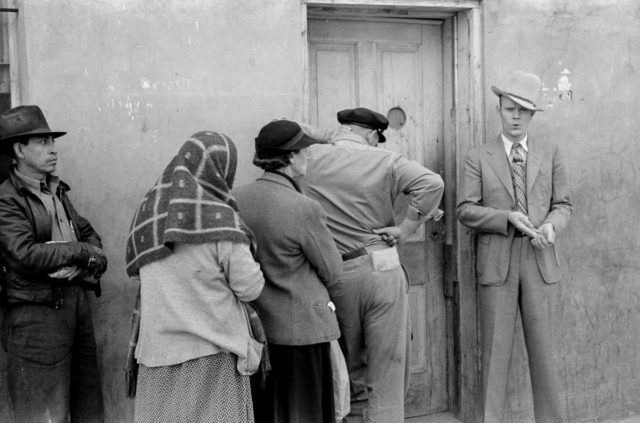
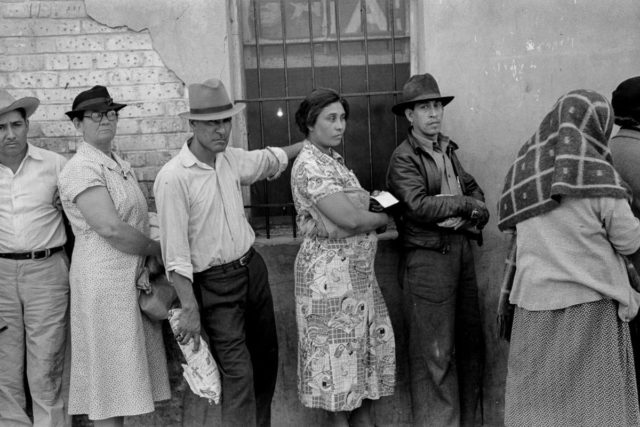
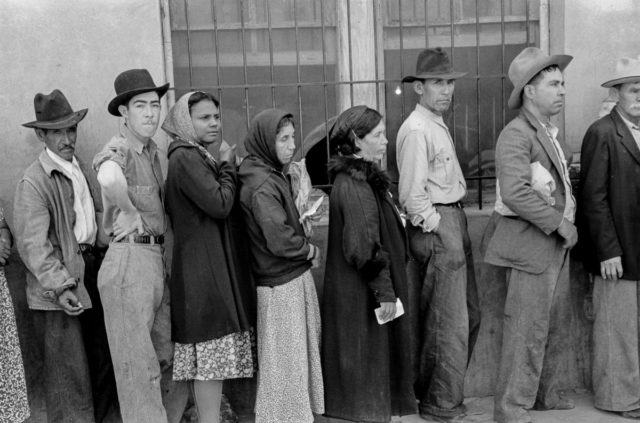
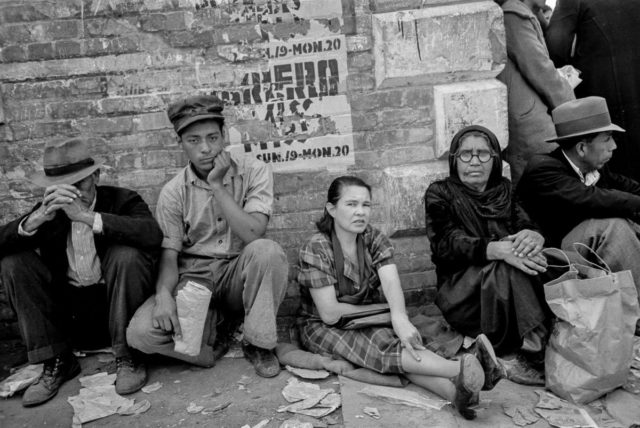
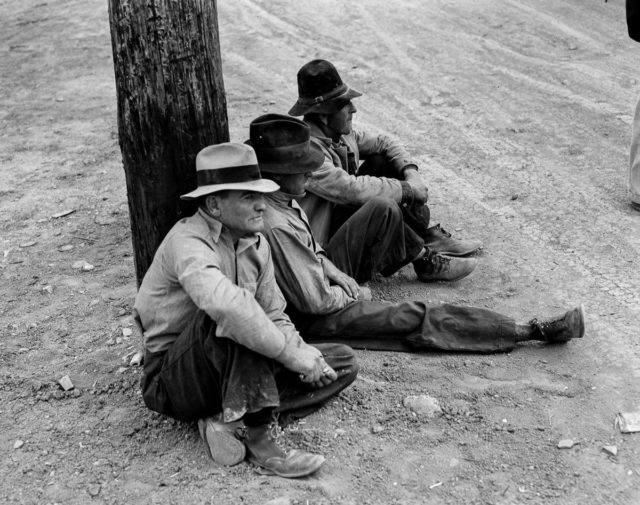
The FSA’s primary mission was not to aid farm production or prices. Roosevelt’s agricultural policy had, in fact, been to try to decrease agricultural production in order to increase prices. However, when production was discouraged, the tenant farmers and small holders suffered most by not being able to ship enough to market to pay rents. Many renters wanted money to buy farms, but the Agriculture Department realized there already were too many farmers, and did not have a program for farm purchases.
Instead they used education to help the poor stretch their money further. Congress however demanded that the FSA help tenant farmers purchase farms, and purchase loans of $191 million were made, which were eventually repaid. A much larger program was $778 million in loans (at effective rates of about 1% interest) to 950,000 tenant farmers. The goal was to make the farmer more efficient so the loans were used for new machinery, trucks, or animals, or to repay old debts.
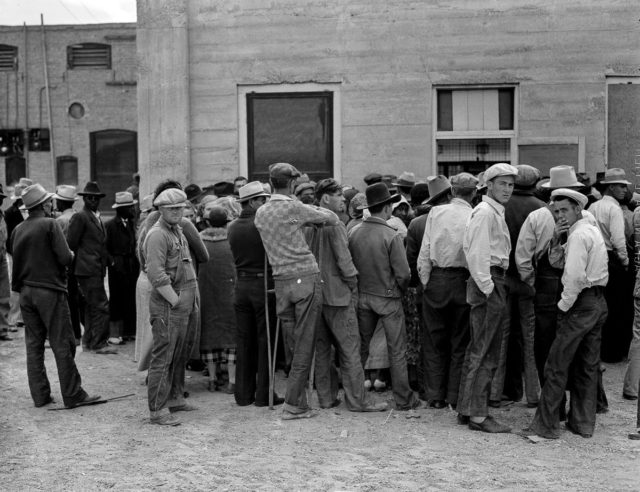


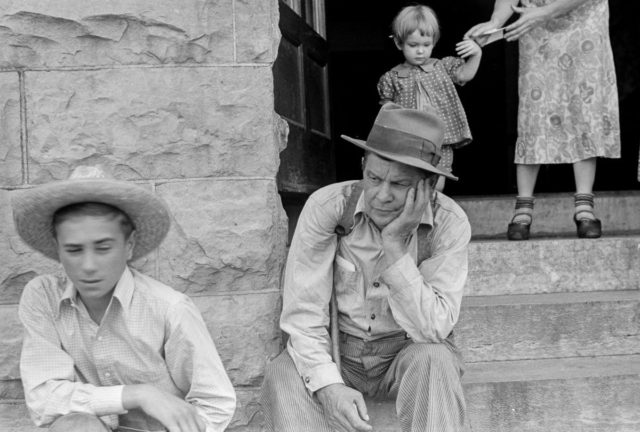

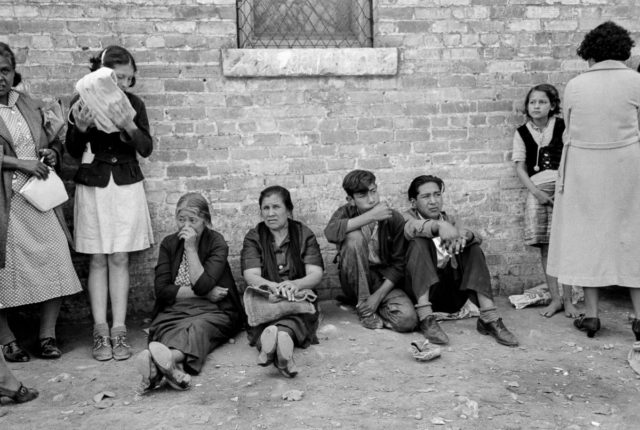

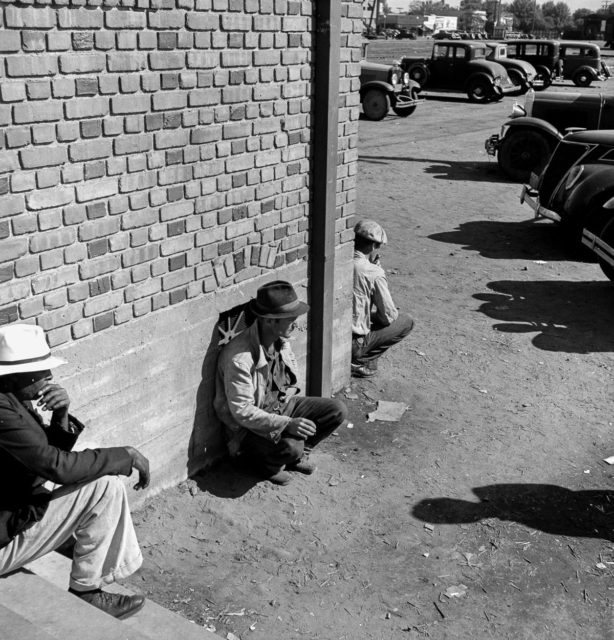
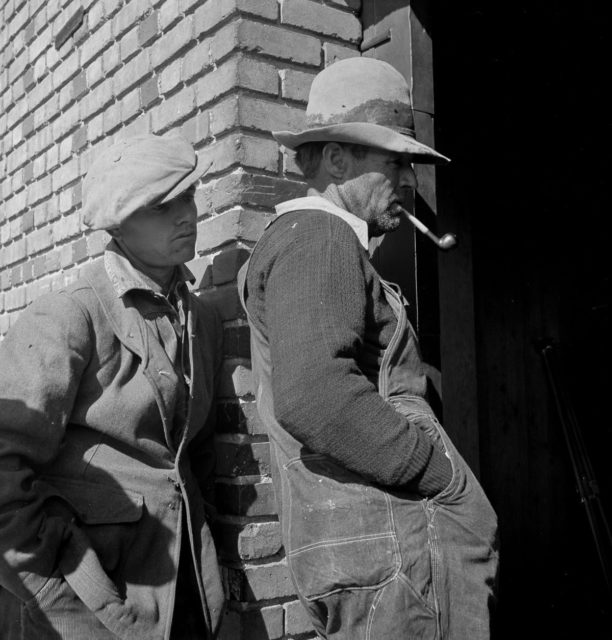
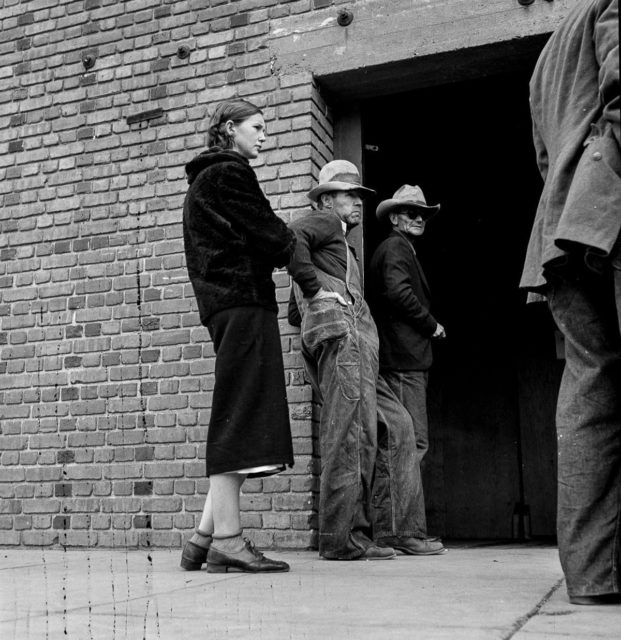
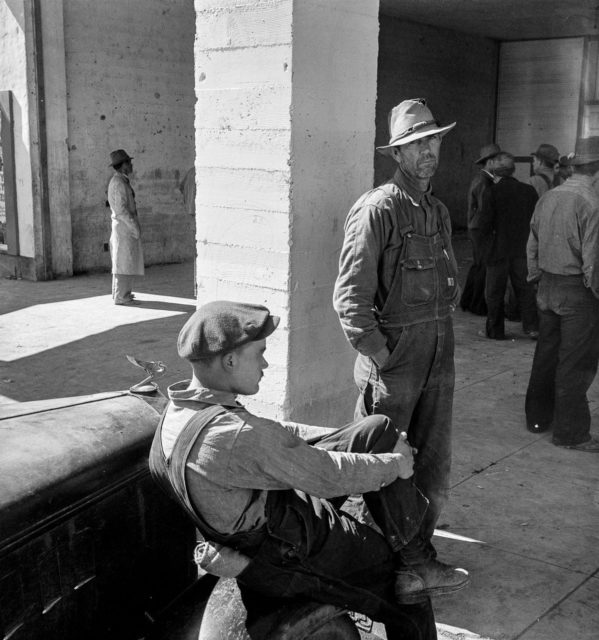
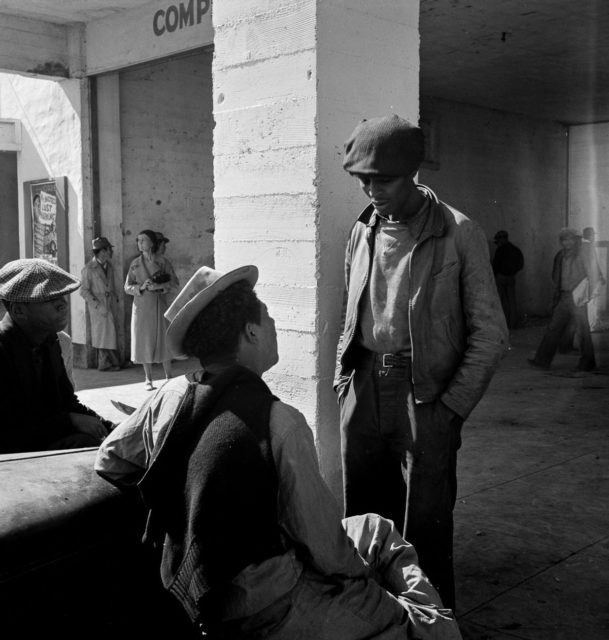
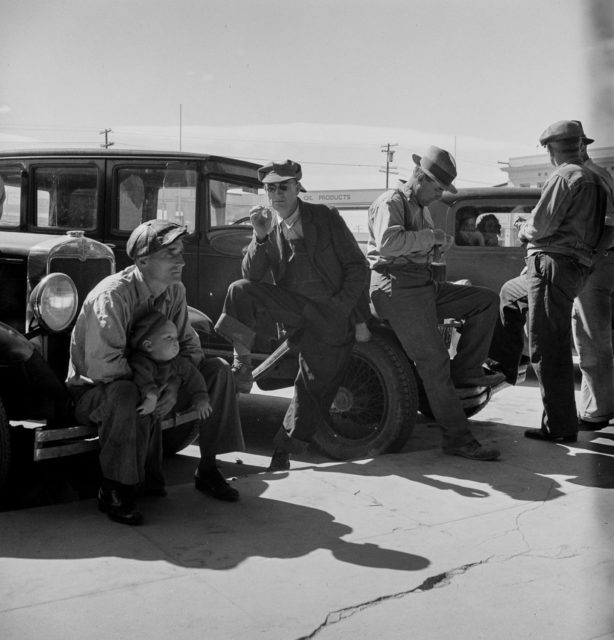
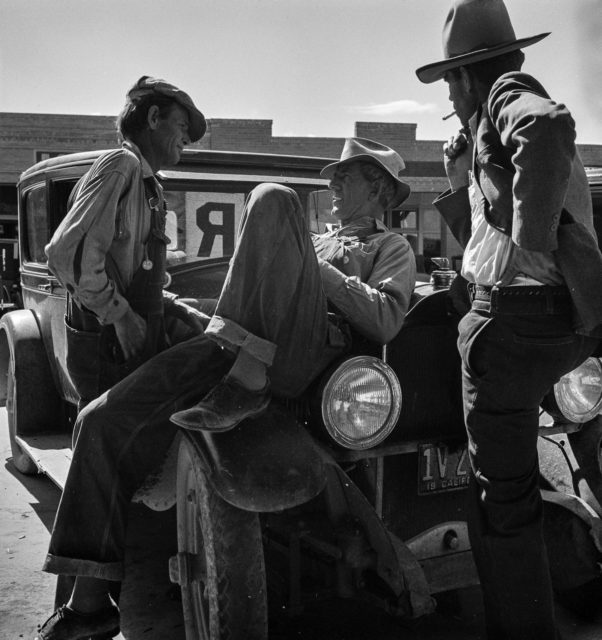
At all times the borrower was closely advised by a government agent. Family needs were on the agenda, as the FSA set up a health insurance program and taught farm wives how to cook and raise children. Upward of a third of the amount was never repaid, as the tenants moved to much better opportunities in the cities
